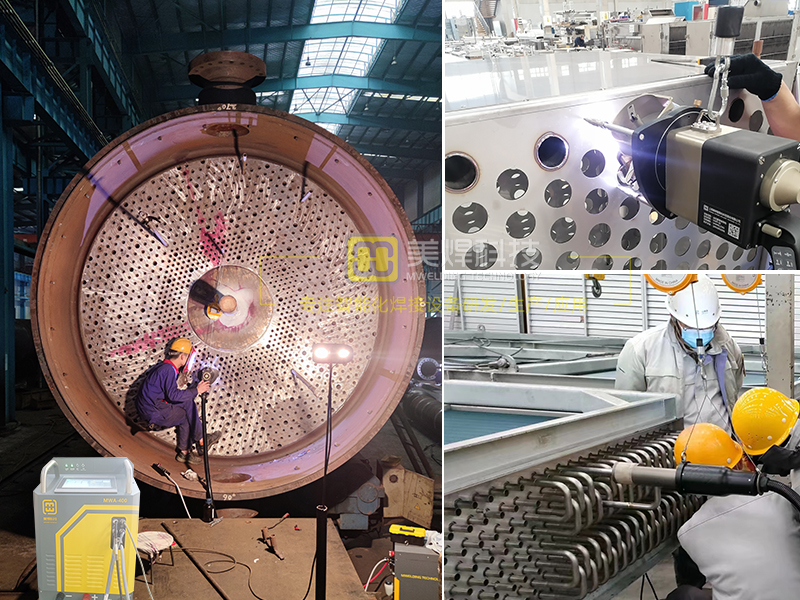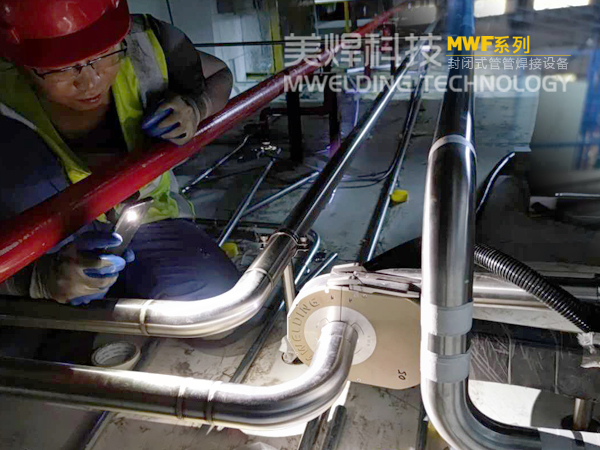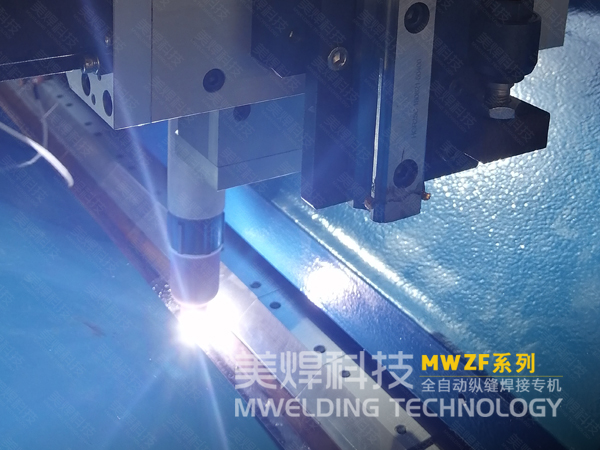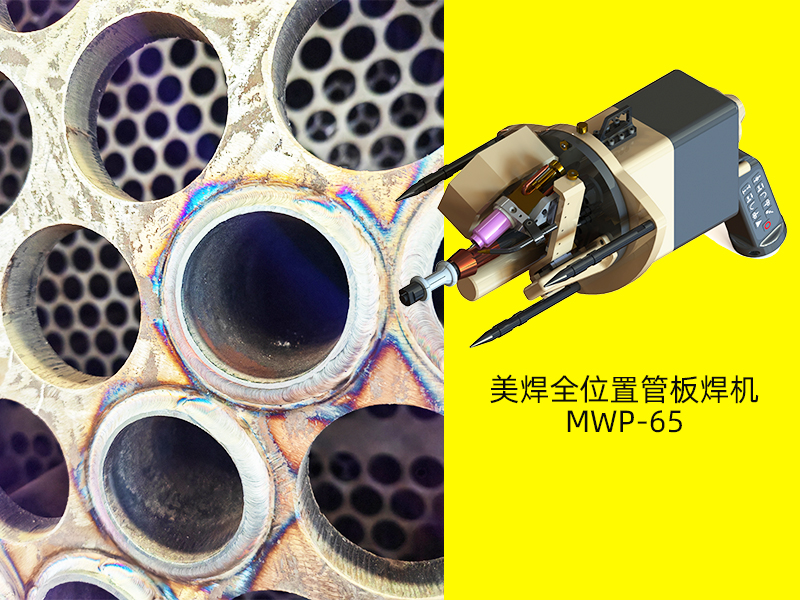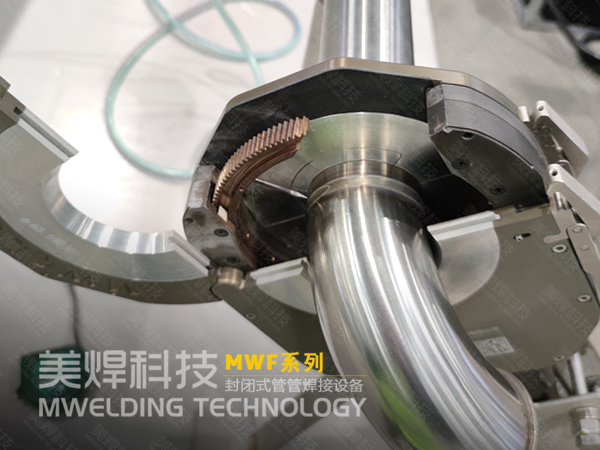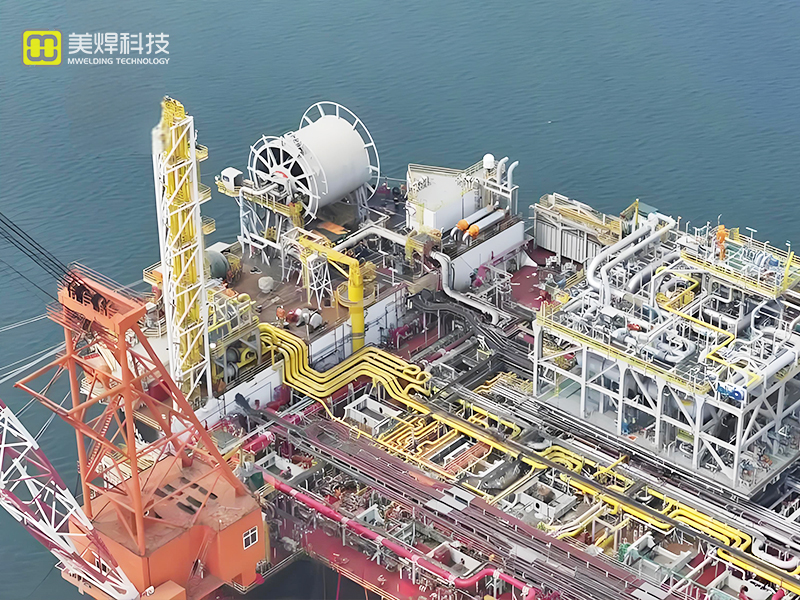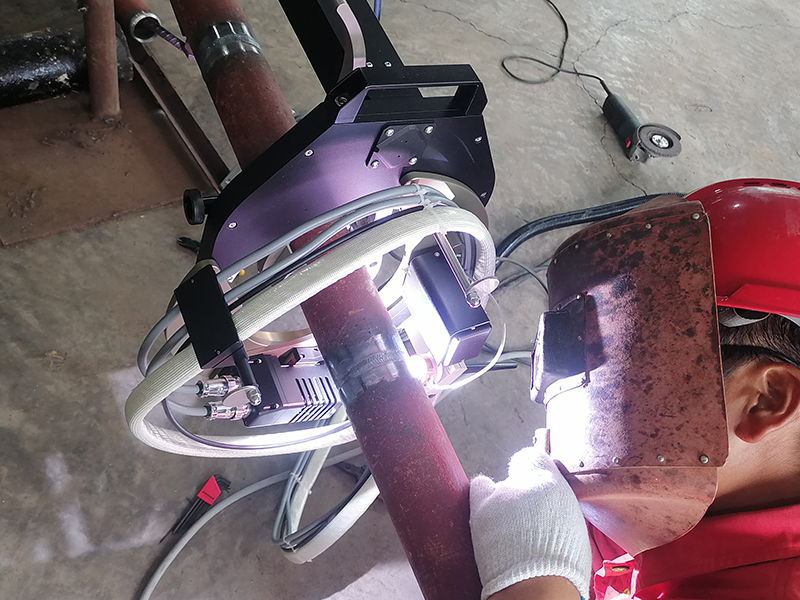The welding process is an uneven heating and cooling process. During this process, the amount of residual stress and deformation of the weldment formed on the weldment depends mainly on the thermal process of the weld and the conditions under which it is contrained.
During the welding heating (high temperature) phase, the weld expands due to heat, but the base metal on both sides of the weld hinders its expansion, which causes the weld to be subjected to compressive stress, and the base metal on both sides of the weld to tensile stress. When entering the welding cooling stage, the weld will shrink, and the base metal on both sides will hinder its contraction, causing the weld to be subjected to tensile stress, and the base metal on both sides to be subjected to compressive stress. If the stress in the local area of the welded joint exceeds the yield strength of the base metal, permanent deformation and residual stress of the weld will occur.

According to the manifestation of deformation, welding deformation can be mainly divided into local deformation and overall deformation, as well as longitudinal deformation, transverse deformation, angular deformation and wave deformation.
The influencing factors of welding deformation are complex, mainly including the following aspects:
Material properties: The thermophysical properties of the material itself and the microstructure characteristics of the metal will have an impact on the welding deformation. Different materials have differences in heat transfer, expansion and contraction, etc., and the microstructure characteristics will also affect their mechanical properties, which in turn will affect the deformation.
Heat Input Factor: The size of the weld heat input plays a key role. In general, the greater the heat input, the greater the shrinkage of the material as it cools, resulting in more pronounced deformation.
Weld symmetry: The symmetry of the position of the weld is crucial. If the position of the weld is symmetrical, it can effectively reduce the probability of bending, twisting and angular deformation, and has a positive effect on controlling the deformation.
Structure and welding sequence: The structural conditions and the welding sequence of the weld should not be ignored. The smaller the rigidity of the structure, the weaker its ability to resist deformation; The more asymmetrical the welding sequence, the more likely it is to deform. Moreover, under the same conditions, the weld welded first will produce greater residual deformation than the weld welded later.
Welding clamping state: The clamping state of the workpiece during welding will also have an impact on the deformation. Appropriate clamping method and strength can restrain the generation of deformation to a certain extent.
The existence of residual stress and deformation in the welded joint will adversely affect the quality and reliability of the welded structure, which is manifested as follows:
Risk of static load failure: The welding stress will increase with the load, increase the possibility of workpiece damage, and reduce the bearing capacity of the structure.
Fatigue acceleration under dynamic load: In the dynamic load environment, the residual tensile stress will accelerate the initiation and propagation of fatigue cracks, and shorten the fatigue life of the structure.
Corrosion acceleration effect: For structures working in corrosive media, residual tensile stresses can accelerate the propagation rate of stress corrosion cracks, seriously affecting the durability of the structure.
Sheet instability: For sheet compressions, the residual compressive stress and working stress are superimposed, which may lead to the instability and failure of the sheet and affect the stability of the structure.
Machining dimensional deviation: When the workpiece is processed after welding, the rebalancing of the welding stress in the machining process may change the size of the workpiece, resulting in machining errors and affecting the accuracy of the product.

In summary, the residual stress and deformation formed during the welding process are affected by a variety of factors, and have a significant impact on the safety and service performance of the welded structure. When faced with on-site welding problems, it is often necessary to adjust the welding process to solve them.








